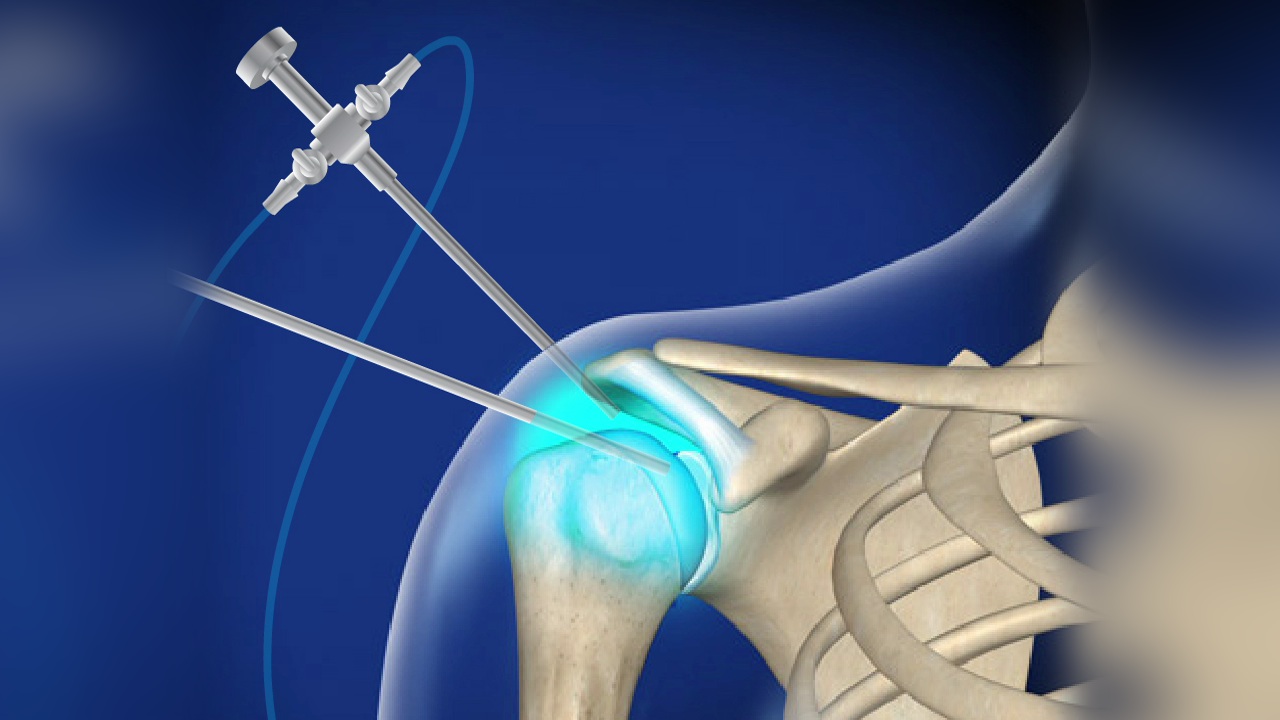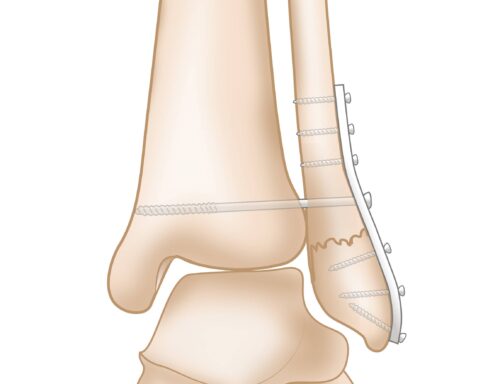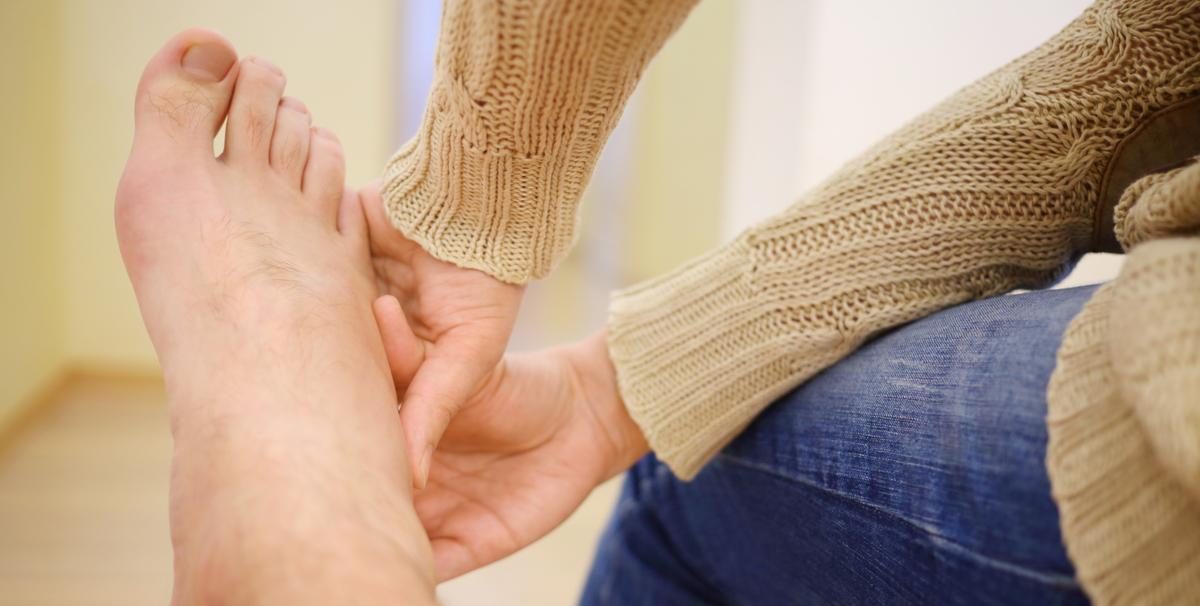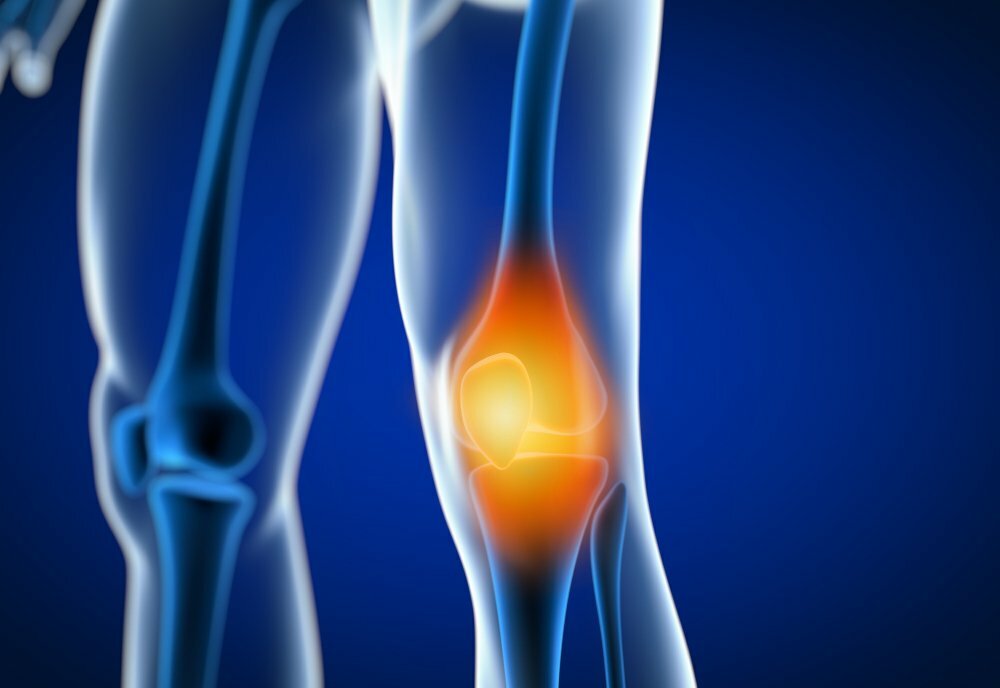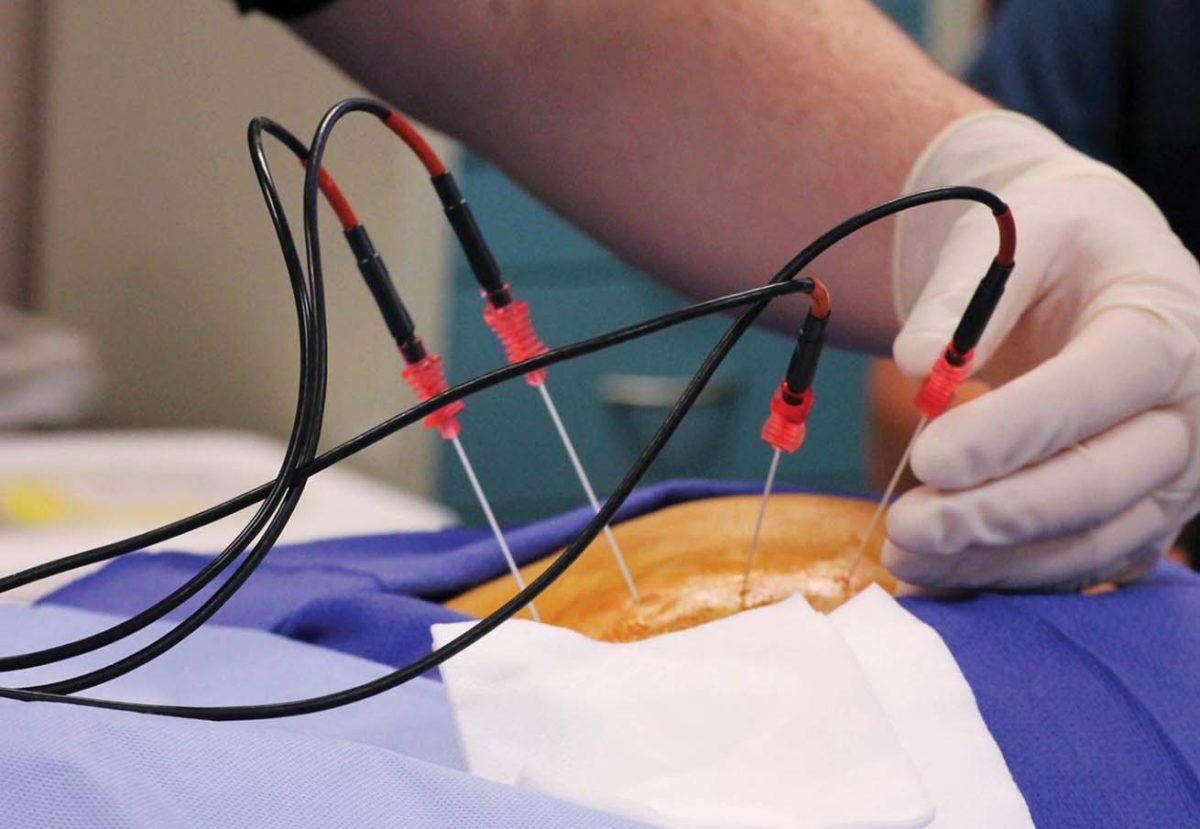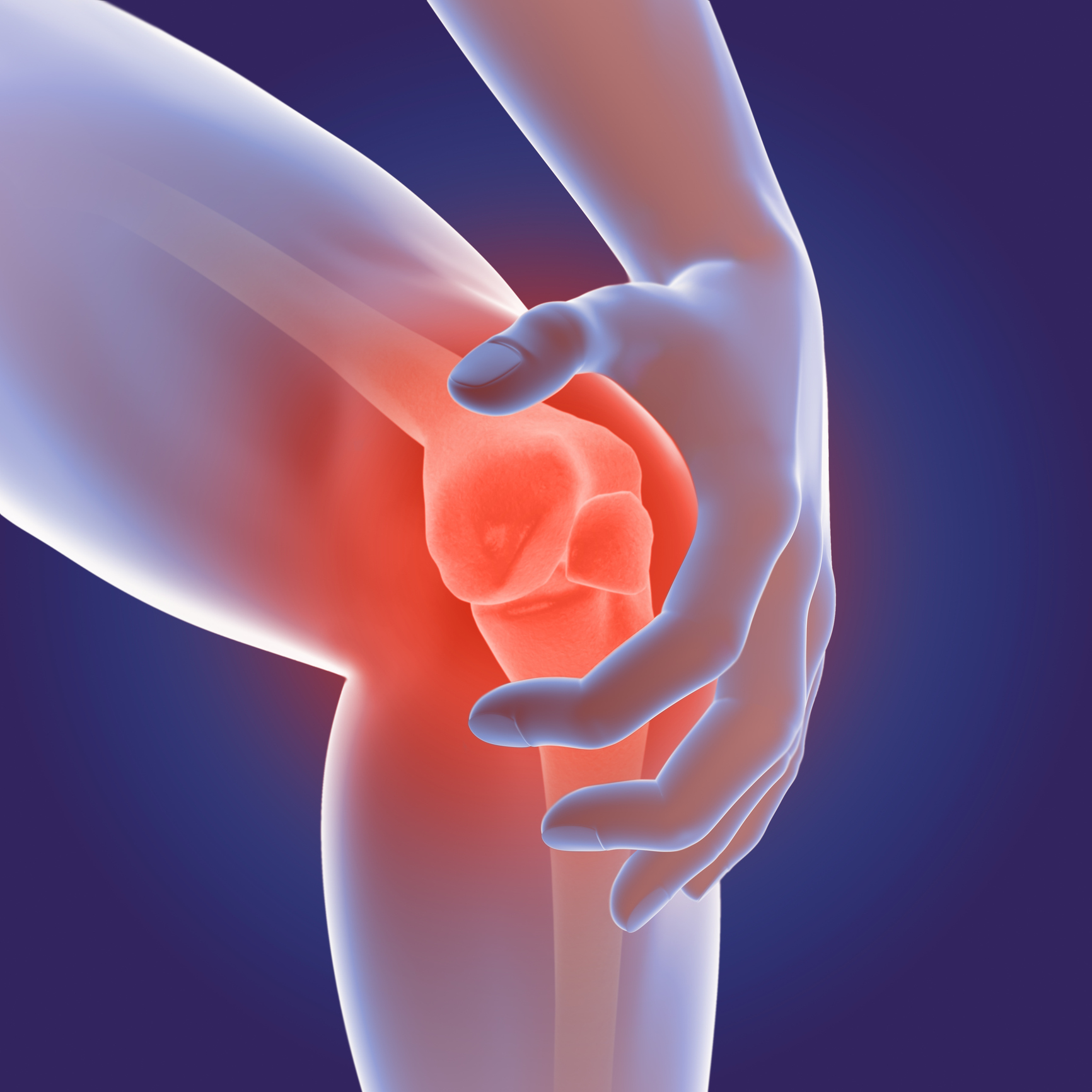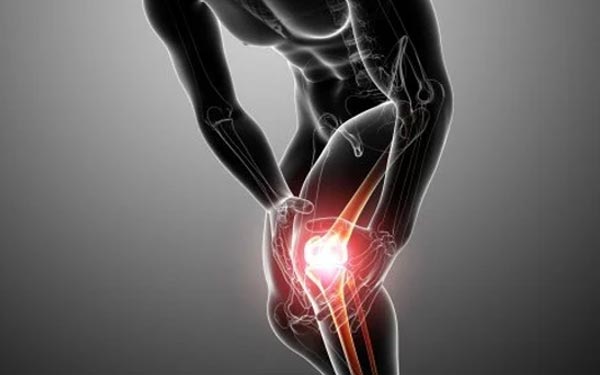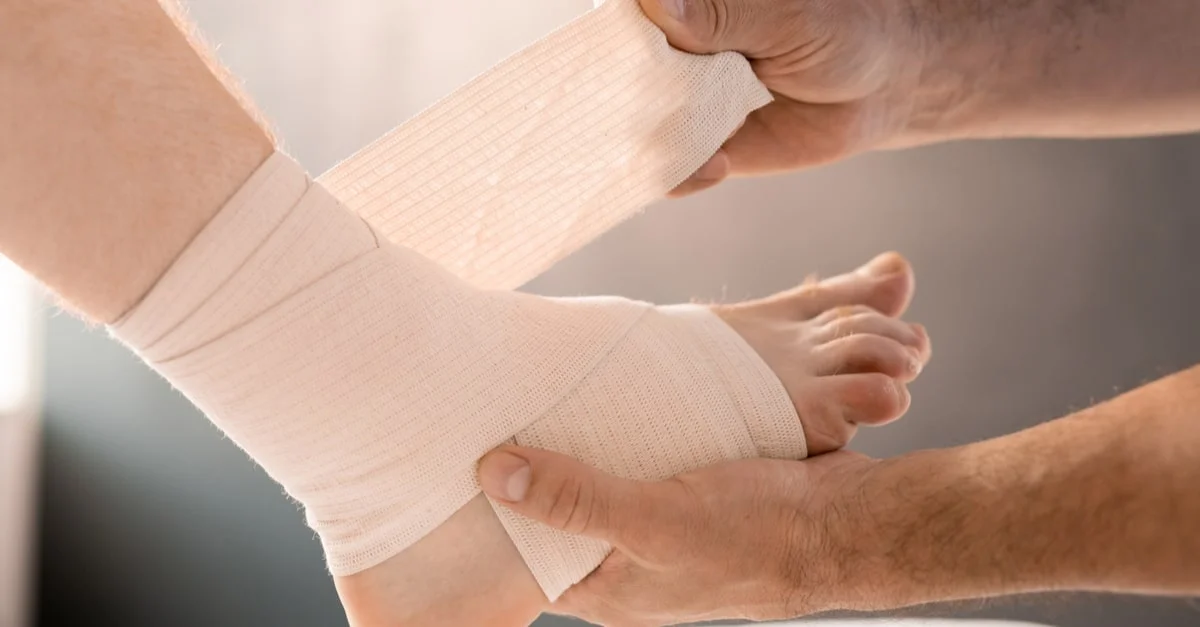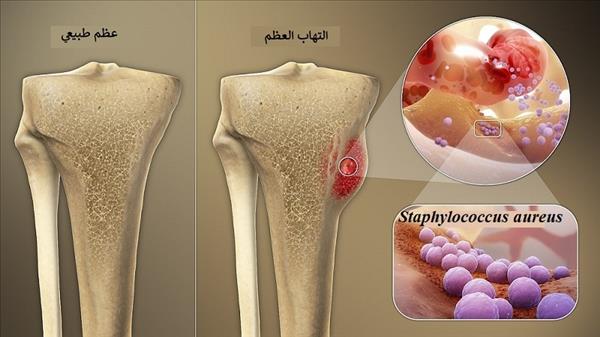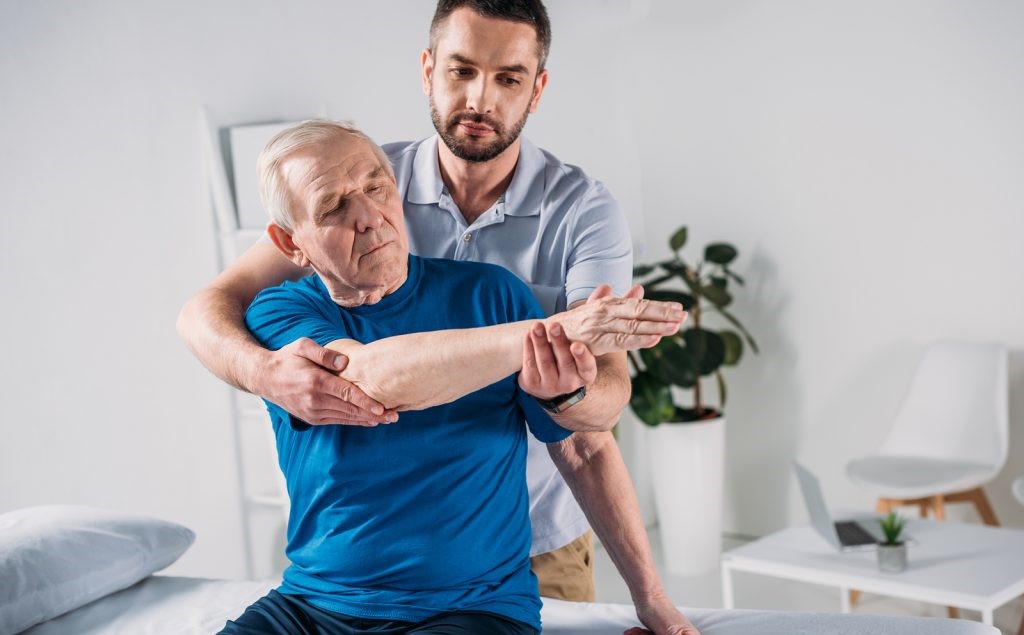Knee Treatment: Learn about Herbs for the Knee and the Best Orthopedic Doctor! What is knee treatment?
Knee Treatment
Knee treatment is a process aimed at relieving pain and improving the joint’s condition. In some cases, your knee may need surgical repair, but there are also non-surgical treatment options that can be used.
One treatment option for knee joint inflammation is conservative or initial treatment. This treatment involves gradual changes in therapy while working on weight loss to reduce pressure on the knees. The doctor may also prescribe non-steroidal anti-inflammatory drugs such as ibuprofen, naproxen, and diclofenac sodium, especially if knee pain is caused by arthritis.
Other medications may also be prescribed to relieve pain and treat conditions that cause knee pain, such as rheumatoid arthritis or gout. Physical therapy and the use of knee braces can also help reduce pain.
In some cases, steroid injections may be given to reduce pain. There are also over-the-counter medications that can be taken to treat knee inflammation.
However, it should be noted that there is no definitive treatment for knee joint inflammation as of yet. Nonetheless, significant improvement in knee condition and pain reduction can be achieved through appropriate treatment and following medical guidance.
What is natural knee treatment?
Natural knee treatment is a comprehensive approach that includes a thorough evaluation and assessment of the lower limbs, starting from the hips down to the feet. This treatment aims to evaluate knee pain and prescribe appropriate treatments, including exercises and specialized training to reduce knee pain and improve overall mobility.
Physical therapy exercises are considered one of the most important natural treatment methods for various knee pains, such as swelling, inflammation, injury, post-operative treatment, and more. The physical therapist recommends these exercises to improve the knee’s condition and alleviate pain.
In addition to exercises, the use of heat and cold is an effective method in natural knee treatment. A specialized doctor places hot or cold water compresses on the knee based on the patient’s condition and the type of injury. The use of heat is beneficial for dilating blood vessels and improving blood circulation, while cold is used to reduce inflammation and alleviate pain.
Strong exercises and specialized training are an essential part of natural knee pain treatment. These exercises include strengthening the muscles around the knee, such as the front, back, and sides, as well as improving flexibility, stability, and balance. These exercises are individually designed according to the patient’s condition, pain level, and physical ability.
In addition to muscle exercises, other techniques can be used in natural knee treatment, such as water therapy, stretching therapy, balance exercises, and manual therapy. These techniques involve the application of gentle forces, stretches to improve movement, muscle strengthening, and pain reduction.
Knee pain treatment should be conducted under the supervision of a qualified specialist in this field. Each individual case needs to be evaluated, and a customized treatment program designed to meet the patient’s needs. Patience and commitment from the patient are required to achieve the best results.
In summary, natural knee treatment includes a variety of exercises and techniques aimed at improving the overall condition of the knee and reducing pain. Physical therapy is a safe and effective option for patients with various knee pains.
How to treat knee osteoarthritis?
Knee osteoarthritis is a common condition that many people suffer from, causing severe pain and reducing a person’s ability to move naturally. Therefore, many people seek to know how to treat this condition and alleviate the accompanying pain.
There are several ways to treat knee osteoarthritis, which can be divided into natural and surgical methods. In this article, we will discuss some of the natural methods that can be used to treat knee osteoarthritis.
Alternative Treatment: Alternative methods such as acupuncture and the use of hot and cold packs have been proven effective in treating knee osteoarthritis. Acupuncture can be used to reduce pain and improve joint mobility, and hot and cold packs can be applied depending on the patient’s condition and the severity of the pain. Studies have shown that these methods have been beneficial for many patients.
Massage Therapy: Some studies have shown that a one-hour weekly massage may help treat knee osteoarthritis and alleviate pain. Different massage techniques can be used to improve joint mobility and strengthen the surrounding muscles.
Heat or Cold Therapy: Heat or cold therapy can be used to reduce swelling and pain associated with knee osteoarthritis. Hot compresses can be placed on the affected area to relieve pain, or cold compresses can be applied to reduce swelling. It is important to consult a doctor before using this method to ensure it is compatible with the patient’s condition.
Honey Treatment: Knee osteoarthritis can be treated with honey by making honey and cinnamon syrup and drinking it warm daily until swelling and pain subside. Honey can also be mixed with warm water and massaged into the affected area to improve blood circulation and reduce pain.
Surgical Treatment: In cases of severe knee osteoarthritis that do not respond to natural treatments, surgical treatment may be necessary. Surgical treatment includes either open surgery (the traditional method) or arthroscopic surgery to clean the knee joint of inflamed synovial fluid, bone fragments, and cartilage. Surgical treatment requires a long recovery period and physical therapy sessions to regain normal joint movement.
In addition to the mentioned treatments, some physical measures can be taken to alleviate knee pain, stiffness, and swelling. Among these measures are avoiding prolonged bending or extending of the knee, and engaging in physical exercises aimed at strengthening the muscles around the knee and improving its mobility.
In summary, knee osteoarthritis can be treated with natural treatments such as acupuncture, massage, and the use of heat or cold packs, and surgical treatment can also be an option in severe cases. Consultation with a doctor is essential before taking any treatment measures, and strict adherence to medical instructions is necessary for the best results.
How to increase the synovial fluid between knee joints?
The synovial fluid present between knee joints is essential for maintaining joint health and improving its mobility. Synovial fluid acts as a lubricant that softens the joints and reduces friction between bones, helping to alleviate pain and improve the joint’s ability to move properly.
To increase synovial fluid between knee joints, there are some measures and recommendations that can be followed:
- Drink Adequate Water: Drinking sufficient amounts of water is important for improving joint health and increasing synovial fluid in the knee. Water helps flush out excess fluids from the knee and reduces pressure on the joint.
- Consume Healthy Foods: Some foods can promote joint health and increase synovial fluid. Foods like beans, flaxseeds, and green tea contain compounds that help strengthen joints and enhance synovial fluid production.
- Engage in Water-Based Exercises: Participating in water-based exercises, such as swimming, is a good option for increasing synovial fluid between knee joints. These exercises help strengthen the muscles surrounding the joint and improve mobility without putting excessive pressure on the joint itself.
In addition, there are some medical treatments that can help increase synovial fluid between knee joints:
- Hyaluronic Acid Injections: A doctor can inject hyaluronic acid directly into the joint, which works to reduce friction between the joint’s bones and improve joint health and mobility.
- Glucosamine and Chondroitin Supplements: Glucosamine and chondroitin supplements are beneficial for increasing the production of hyaluronic acid present in synovial fluid, which helps treat knee osteoarthritis and improve joint health.
Note that before taking any measures to increase synovial fluid between knee joints, it is essential to consult a specialist doctor and obtain an accurate diagnosis of the joint’s condition and their medical recommendations. A precise diagnosis helps determine the appropriate treatment and necessary steps to improve joint health and alleviate pain.
Is Walking a Treatment for Knee Pain?
Walking is a simple and low-impact activity that can have a significant impact on knee pain and arthritis. According to numerous medical studies and recent research, the results indicate that walking can be an effective treatment for alleviating pain and improving mobility in patients with osteoarthritis in the knee.
A study published in the specialized journal “Rheumatology Science” revealed that engaging in physical exercises like walking reduces pain and improves mobility in patients with knee osteoarthritis. This type of arthritis is one of the common conditions associated with aging and can also affect young individuals.
Recent medical studies suggest that walking helps reduce pain and slows down the damage occurring in the joints. According to New Atlas, walking is an effective treatment for knee and joint inflammation patients. Therefore, it is recommended to engage in regular walking for about 20 to 35 minutes daily, while avoiding overexertion and walking on hard or uneven surfaces.
The benefits of walking for knee pain and arthritis are not limited only to patients with knee osteoarthritis but can also be beneficial for other forms of arthritis. Physical exercises strengthen the muscles that support the joints and help prevent bone density loss (osteoporosis), which may result from rheumatoid arthritis.
Additionally, walking can help improve fitness, endurance, and reduce excess weight, which places extra pressure on the joints. It also improves blood circulation and strengthens the muscles and tendons surrounding the knee, enhancing stability and reducing pain.
It’s worth noting that before starting any exercise routine, it’s essential to consult with a specialist doctor to assess your health condition and determine the suitable physical activity and level for the individual. It’s crucial to follow the guidance of healthcare professionals, avoid overexertion, and steer clear of activities that increase pain or cause new injuries.
In summary, it can be said that walking is one of the simple and effective methods for alleviating knee pain and improving mobility in patients with knee osteoarthritis and other forms of arthritis. It is an activity that can be easily practiced at a low cost and can have a significant impact on overall health and quality of life.
What Foods Are Beneficial for Knee Osteoarthritis?
Knee osteoarthritis is a common problem that many people suffer from, causing pain, swelling, and difficulty in movement. To alleviate this issue, certain foods can be relied upon as they are effective in treating knee osteoarthritis. In this article, we will discuss some foods beneficial for this condition according to the National Center for Biotechnology Information.
Firstly, honey is considered one of the ingredients rich in powerful compounds that contribute to arthritis treatment due to its flavonoid content. Regular consumption of honey as part of the diet can help reduce inflammation and alleviate pain.
Secondly, vitamin D is considered one of the important factors for bone and joint health, as some studies suggest that it protects cartilage from deterioration. Vitamin D can be obtained from dietary sources such as salmon, sardines, and shrimp. Therefore, it is recommended to regularly consume these foods to promote bone and joint health.
Thirdly, there are many other foods that are beneficial for bones and joints. For example, cauliflower is a vegetable rich in calcium and vitamin K, both of which promote bone health. Avocado contains compounds beneficial for joints, such as glucosamine and chondroitin, which support cartilage health. Additionally, garlic and nuts contain antioxidants that help reduce joint inflammation and promote bone health.
Furthermore, some foods contain vitamin C, which helps prevent stiffness and reduces the risk of arthritis. Citrus fruits such as guava, papaya, and pineapple are rich sources of vitamin C, and therefore, regular consumption of these fruits is recommended to promote bone and joint health.
On the other hand, there are some foods that should be avoided to maintain bone and joint health. For example, cocoa, spinach, and tea contain uric acid, which increases the likelihood of joint stiffness. Therefore, it is recommended to reduce the consumption of these foods to maintain bone and joint health.
In summary, certain foods can be relied upon to promote bone and joint health and reduce knee stiffness. This includes consuming honey and fatty fish like salmon, as well as benefiting from citrus fruits and vegetables like cauliflower and avocado, garlic, and nuts. Additionally, it is important to avoid some foods like cocoa, spinach, and tea to maintain bone and joint health.
How to Strengthen Knee Cartilage?
Knee cartilage is a crescent-shaped cartilage located in the knee joint, which acts as a cushion for the joint and reduces friction between the bones. Knee cartilage is one of the essential components of the joint and helps in moving the knee smoothly and without pain. However, knee cartilage can be damaged or deteriorated due to injuries or chronic conditions such as arthritis.
Enhancing the health and strength of knee cartilage is important to maintain joint health and avoid future problems. Here are some tips and exercises that can be followed to strengthen knee cartilage:
Engage in suitable physical exercises: Regular physical exercises may help strengthen the muscles surrounding the knee and support knee cartilage. Low-impact exercises like walking, cycling, and swimming can be practiced. Exercises that focus on strengthening thigh and calf muscles, such as leg lifts and heel slides, can also be beneficial.
Maintain ideal weight: Excess weight places additional pressure on the joints, including the knee. It is recommended to maintain a healthy weight to reduce the pressure on knee cartilage and strengthen the joint.
Follow a balanced diet: Including foods rich in calcium, vitamins, and minerals in the diet is essential to promote knee cartilage health. These foods include dairy products, fatty fish, fruits, and vegetables.
Maintain proper posture while sitting and standing: It is important to sit and stand with proper posture to reduce pressure on the knee. Sitting on a comfortable chair with a 90-degree angle between the thighs and the legs is recommended. Standing upright and distributing weight evenly on the feet is also advised.
Avoid excessive stress on the knee: Activities that may lead to excessive stress on the knee, such as jumping and running on hard surfaces, should be avoided. Reducing high-impact activities and using supportive tools like knee braces when needed is recommended.
Natural therapy: Physical therapy can help strengthen knee muscles and improve joint flexibility. It includes strength exercises, rehabilitation exercises, and manual therapy techniques.
Manage stress and tension: Stress and psychological stress can negatively affect knee health, increase pain, and inflammation. Practicing relaxation techniques such as meditation and yoga is recommended to manage stress and tension.
In conclusion, strengthening knee cartilage is essential for maintaining joint health. It involves engaging in suitable physical exercises, maintaining a healthy weight, following a balanced diet, maintaining proper posture, avoiding excessive stress on the knee, and practicing relaxation techniques to manage stress and tension.
It is important that the condition of knee cartilage is assessed by a healthcare specialist before starting any knee strengthening program. Individual condition should be taken into account, and it’s essential to follow the guidance of a doctor or physical therapist to ensure optimal treatment.
In conclusion, strengthening knee cartilage requires committing to a healthy lifestyle and practicing appropriate exercises. By focusing on knee health and following the above guidelines, you can enhance the strength of knee cartilage and reduce the risk of future damage and pain.
What are the herbs that are beneficial for the knees?
Many people suffer from knee problems, especially arthritis, which causes pain and difficulty in movement. Fortunately, there are several herbs that can be used to treat knee arthritis and alleviate pain. Let’s take a look at some of these herbs and their benefits.
Willow Bark: Willow bark contains anti-inflammatory and pain-relieving compounds and can be used to make topical preparations applied to the knee to relieve pain and reduce inflammation.
Ginger: Ginger is considered a natural herb beneficial for the knees, as it contains anti-inflammatory and pain-relieving compounds. Ginger can be consumed by adding it to food or by preparing ginger tea and drinking it daily.
Turmeric: Turmeric is considered a natural herb beneficial for treating knee arthritis, as it contains a compound called curcumin, which has anti-inflammatory and pain-relieving properties. Turmeric can be used in cooking or by preparing turmeric tea and consuming it daily.
Cinnamon: Cinnamon contains compounds that help improve blood circulation and reduce inflammation. Cinnamon can be added to food or used to prepare cinnamon tea and consumed to benefit from its properties in treating knee arthritis.
Cat’s Claw: Cat’s claw is a natural herb that contains pain-relieving and anti-inflammatory compounds. Cat’s claw preparations available in the market can be applied topically to the knee to relieve pain.
In addition to the herbs mentioned above, there are also some natural oils that can be used to treat knee arthritis and alleviate pain, such as devil’s claw oil, eucalyptus oil, and frankincense oil. Massaging the knees with a few drops of these oils can help relieve pain and reduce inflammation.
It is worth mentioning that the use of herbs and natural oils in the treatment of knee arthritis should be done carefully and under the supervision of a specialist, as there may be interactions with other medications or allergies to some ingredients. Therefore, before using any natural treatment, it is advisable to consult a doctor or a specialist to ensure safety and effectiveness.
What are the causes of knee pain and how can it be treated?
Knee pain is a common problem experienced by many people of all ages. This pain can result from direct injury or due to some other medical conditions. In this article, we will take a look at the causes of knee pain and how it can be treated.
Physical injuries are one of the most common potential causes of knee pain. A person may suffer from torn ligaments or cartilage in the knee area due to an accident or sports injury. Injuries can also occur due to strenuous training or improper movements during sports activities.
In addition to injuries, there are some medical conditions that can cause knee pain. Among these conditions, arthritis is considered one of the significant potential causes. Arthritis in the knee can occur due to damage to the cartilage surrounding the joint, leading to severe pain and swelling in the area.
Furthermore, osteoporosis can also be a potential cause of knee pain. Osteoporosis occurs when the bone loses its density and strength, making it more susceptible to fractures and damage. The knee can be affected by osteoporosis due to factors such as aging, calcium deficiency, and hormonal imbalances.
Additionally, some people may experience knee pain due to the formation of a cyst in the joint, known as Baker’s cyst. This inflammation occurs due to the accumulation of fluid in the cyst, leading to pain and swelling in the joint.
As for the treatment of knee pain, individuals suffering from this pain should seek the help of an orthopedic specialist to diagnose their condition and prescribe appropriate treatment. The doctor may recommend rest and avoiding excessive strain on the affected knee. Pain-relieving medications may also be prescribed to help alleviate symptoms.
In addition to medical treatment, the doctor may recommend some natural measures to relieve knee pain. Among these measures, warm compresses can be used to alleviate pain and improve blood circulation in the area. Cold compresses can also be used to reduce inflammation and swelling.
Furthermore, the doctor may recommend some therapeutic and rehabilitative exercises that help strengthen the muscles around the knee and improve its stability. Knee braces can also be used to reduce pressure on the joint and improve knee positioning.
In general, individuals suffering from knee pain should consult an orthopedic specialist to diagnose their condition and prescribe appropriate treatment. Treatment may require some time and patience, but with good follow-up and following the doctor’s instructions, the condition of the knee can be improved, and pain can be alleviated.
Best Knee Specialist Doctor
If you are looking for the best knee specialist doctor in Egypt, Dr. Amr Amal is an excellent choice. He is known for his extensive experience and deep knowledge in the field of orthopedic and joint surgery. Dr. Amr Amal works as a consultant in orthopedic and is a faculty member at Ain Shams University. He is also a fellow at a university in Germany.
Dr. Amr Amal is considered one of the best orthopedic surgeons and consultants in Egypt, known for his vast experience and wide expertise in his field. The team of Dr. Amr Amal offers specialized orthopedic surgery services, including knee joint replacement surgery and treatment of cruciate ligament injuries.
Dr. Amr Amal possesses important personal qualities for a knee specialist doctor, as he is known for his welcoming demeanor and careful listening to patients’ problems. He practices in Cairo and is one of the top orthopedic doctors in the region.




